On the one hand, soft colors, vibrant and full of life, through to flashy, bold room concepts. On the other, dark, cave-like retreats, natural and sustainable through to the re-use of materials. The trends that Jan Sappert, Creative Director at Konrad Knoblauch GmbH, identifies for the coming period could not be more contradictory. “Design is always a response to people’s emotional needs,” he explains. What will good interior design look like in 2024? What desires and needs must it fulfill? Four attempted answers.
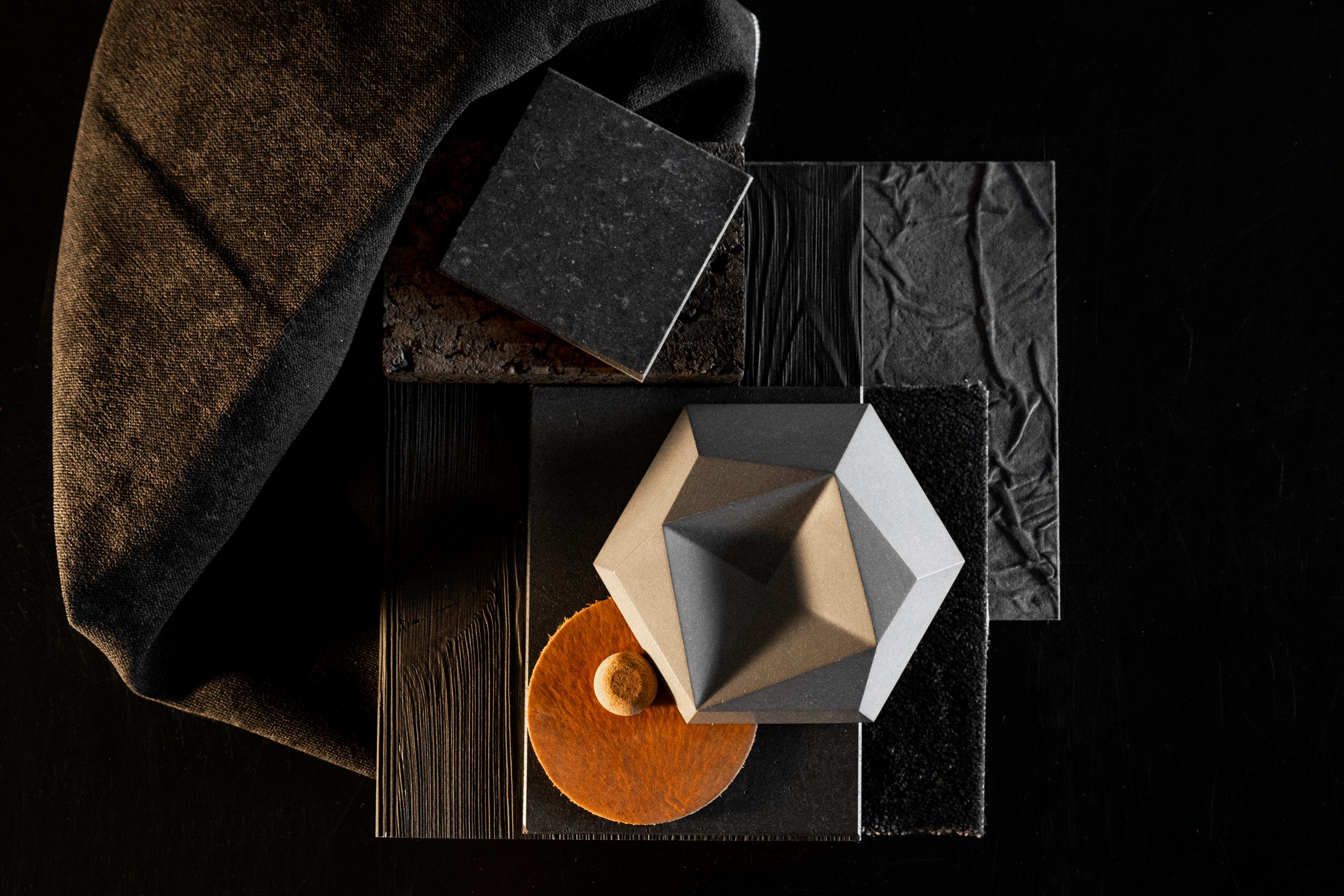
Crises, wars and climate catastrophes shake humanity. In psychology, there are various coping strategies – for example, retreat. Back to nature, a peaceful environment, focused on the here and now, where nothing shakes us anymore. Off to a dark, warm cave, a familiar home. “Cosy rooms in dark, muted colors give us protection and security, they offer an escape from the complex world,” emphasizes Sappert.
The counter-concept to escapism? Joie de vivre! Playful, colorful rooms, lively, bright room concepts that radiate pure joy help us to feel good – and forget what else is going on in the world. The Pantone color of the year 2024 is a perfect match: 13-1023 Peach Fuzz. A velvety soft peach shade, warming, full of warmth – the joy of taking care of yourself, but also of others.
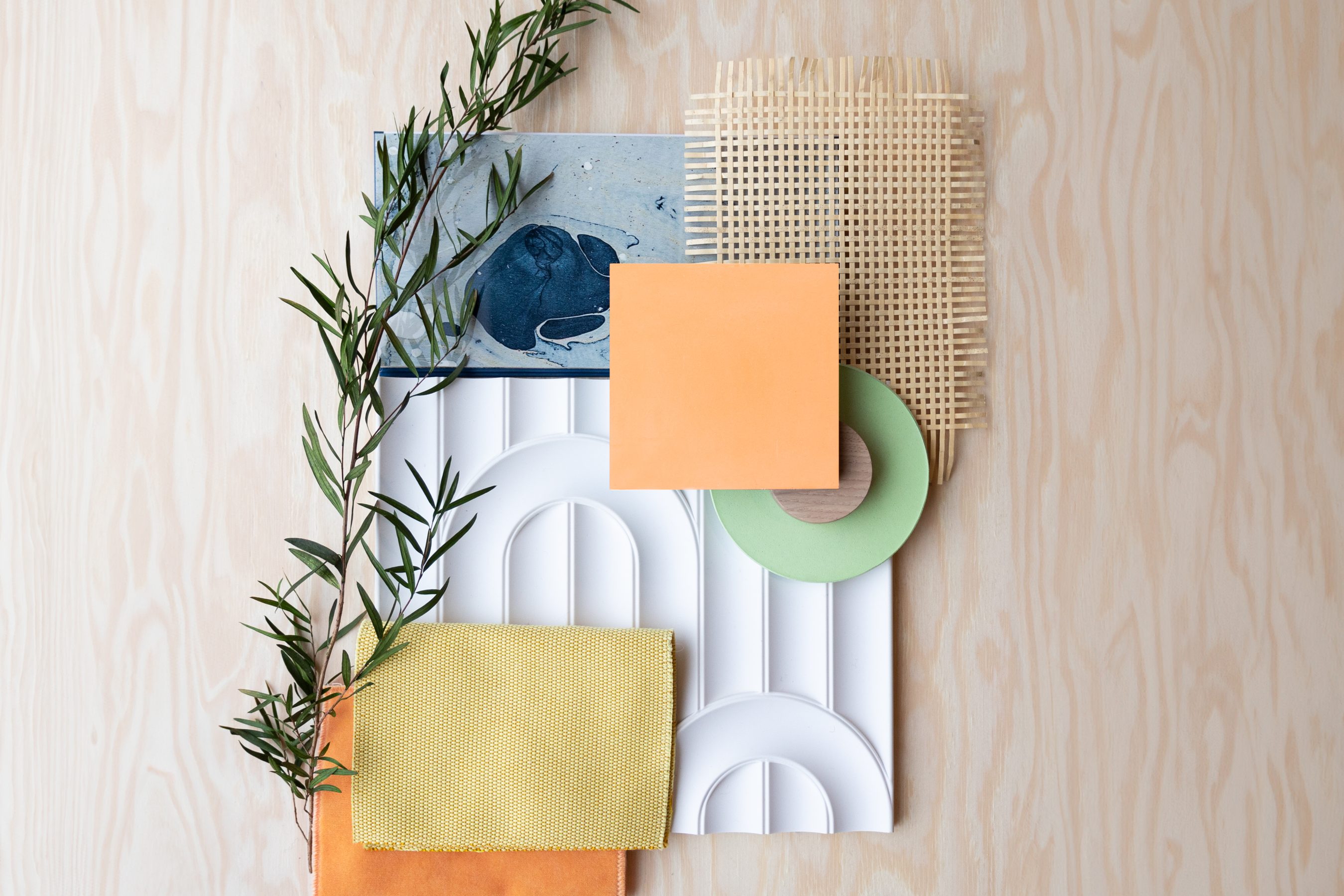
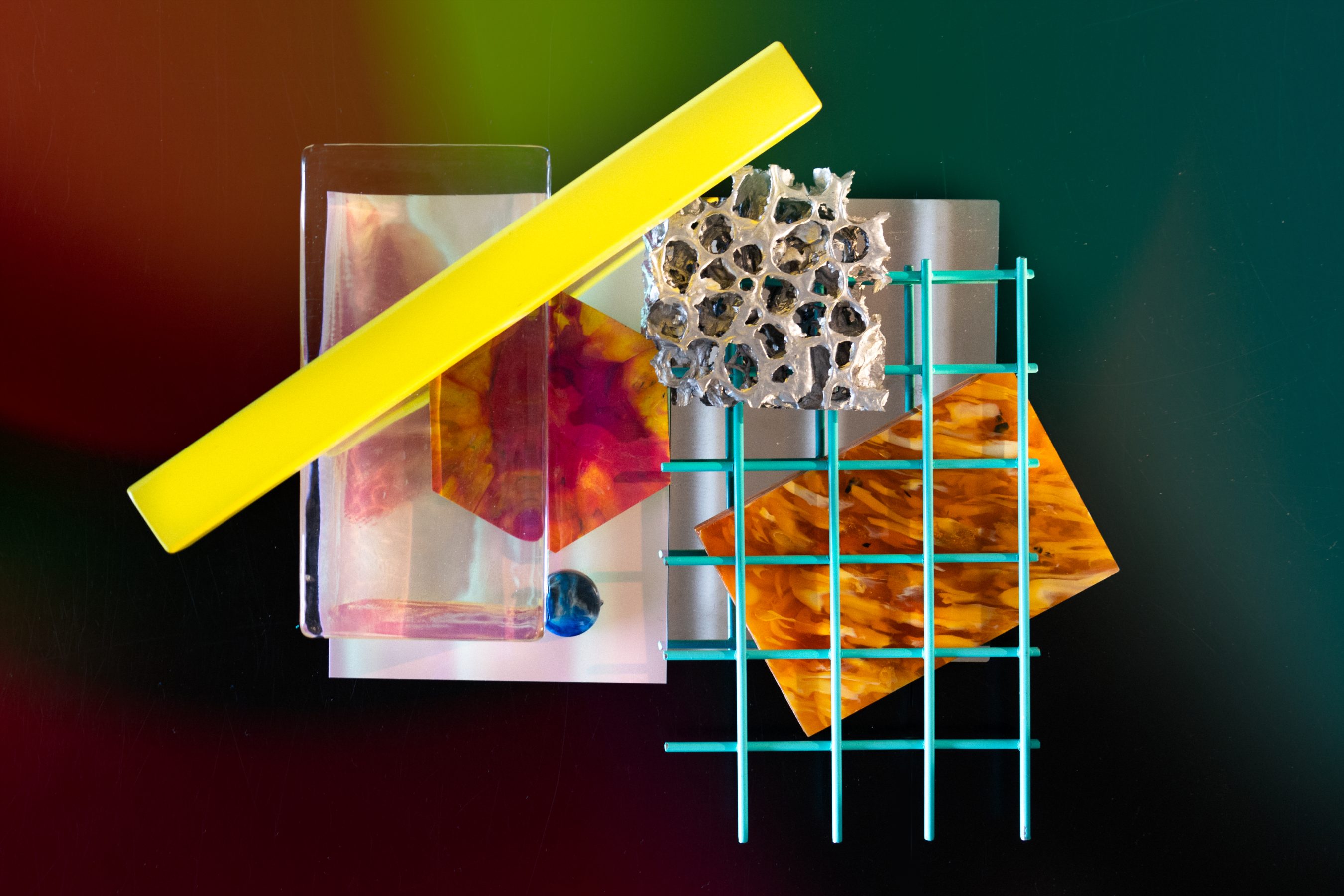
“The joy of life is heightened in ecstasy, unbridled lust to the point of loss of control,” says Jan Sappert. Colored lights, bold, shrill spaces, designs as if created under LSD: The young generation in particular, who come from the digital world, need lots of stimuli to get excited. But that doesn’t mean that hip offices and clubs, for example, have to be completely psychedelic in design. “We all have different needs that have to be satisfied, so the simultaneity of things applies,” says Sappert. The office space in the sense of escapism for a relaxed working atmosphere, the canteen in turn ecstatically designed for stimulating conversations.
Our society’s major task of cultivating a sustainable lifestyle will also place an obligation on the construction sector, which is responsible for a large proportion of CO2 emissions and waste production. “Almost all building materials have stumbling blocks for sustainability, such as a hidden carbon footprint or a lack of recyclability,” explains interior designer Jan Sappert. On the road to sustainable construction, we therefore have no choice but to reform our understanding of construction projects.
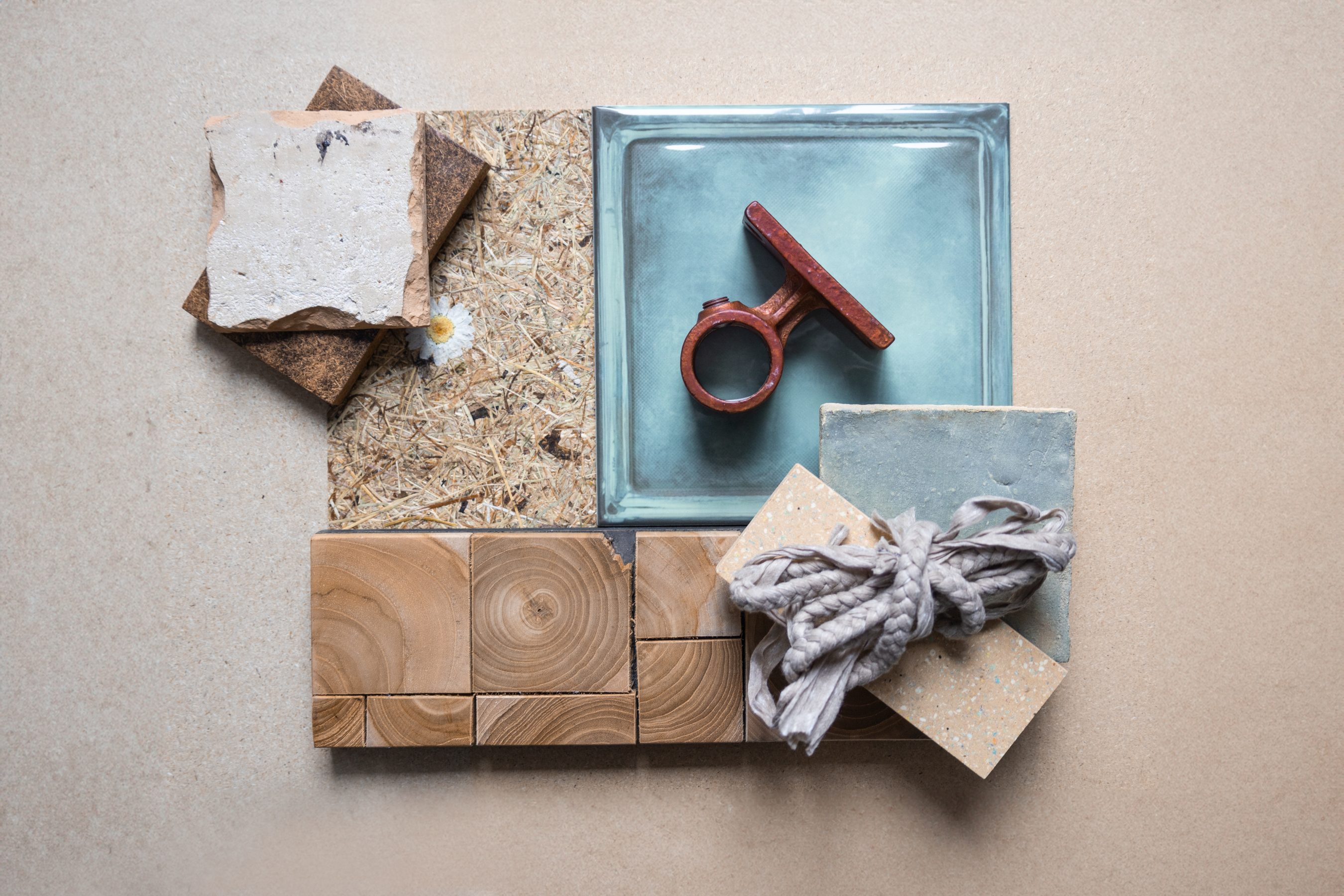
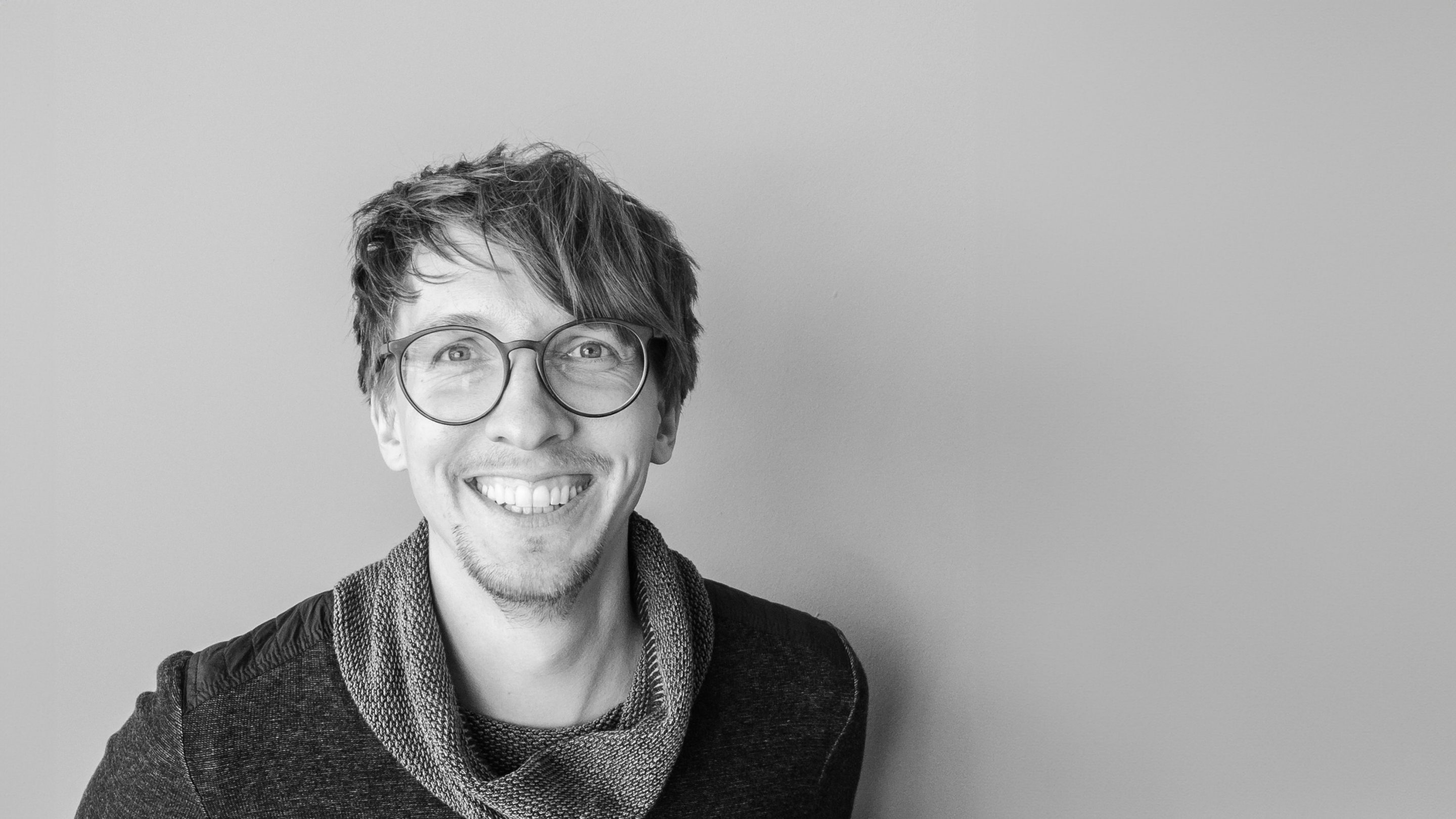
“We need to understand that buildings are temporary building material warehouses with a temporary usage concept,” says Sappert. This change will take place in small steps. More and more projects will be created in which recycled materials, old furniture and reused building materials are skillfully staged as the first approaches to sustainability. But less will also simply be more. For example, walls, floors and ceilings will remain raw and untreated.
Want to find out more about design trends in interior design?
Take a look at our current projects !